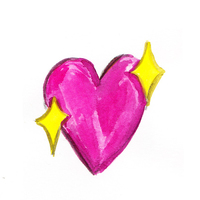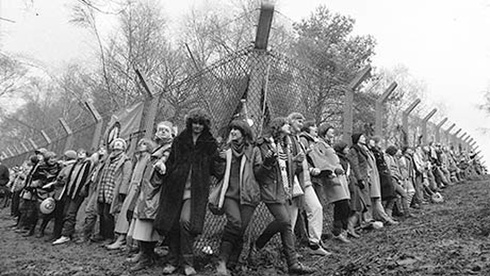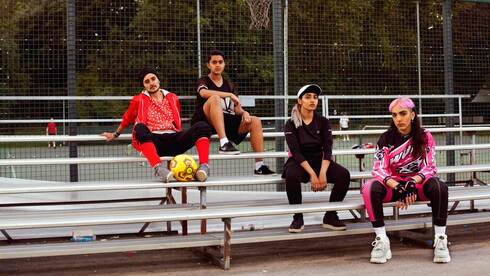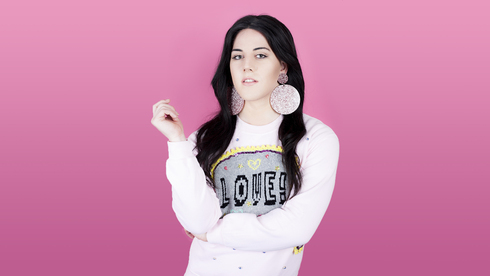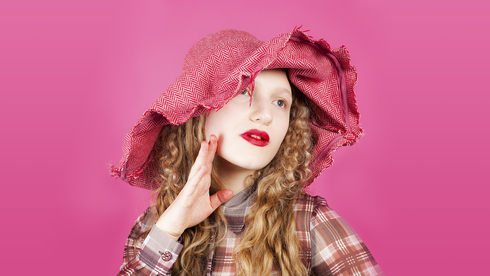How Pretty in Pink helped me discover my queer identity Ruby Tandoh
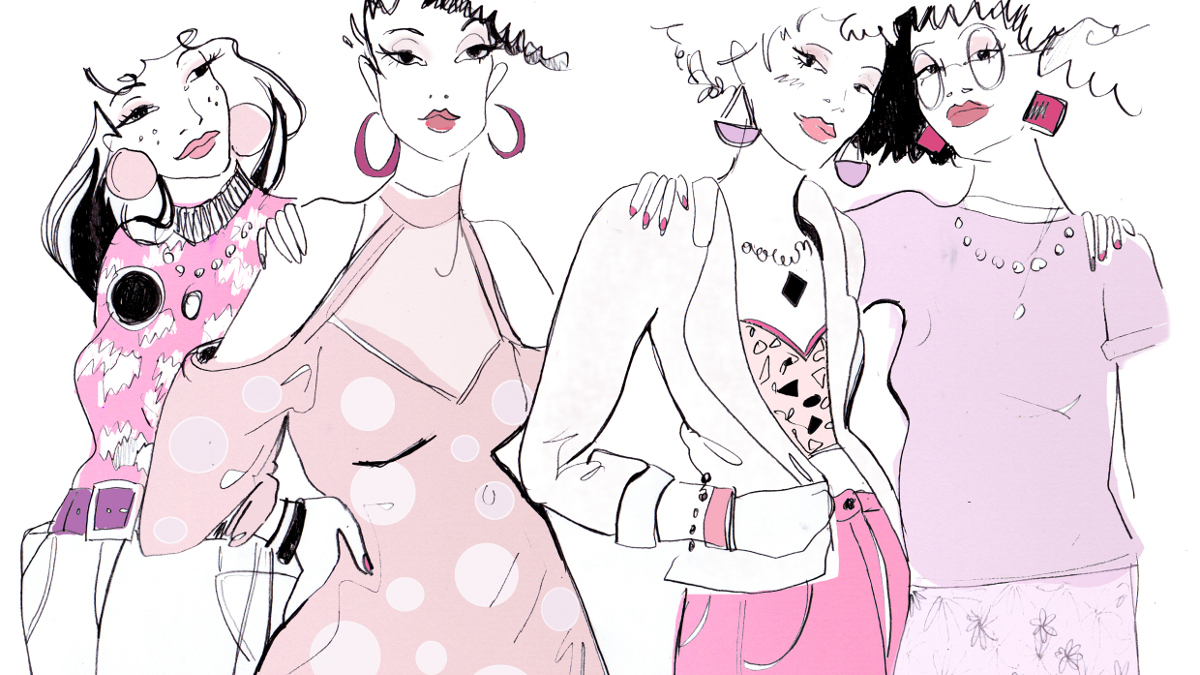
My first camp crush was 100% polyester: a calf-length dress in baby pink with large blush polka dots, the fabric hung loose around the waist and crop sleeves falling blousily either side. The neckline drew up into a deep V which gave onto a panel of pink lace; the laced skimmed over collar bones into a broad halter collar sat bulkily around the girl’s swan neck. Throughout Pretty in Pink, Molly Ringwald’s Andie is sartorially on point – cute round glasses, mannish hats wrapped with scraps of bright cloth, lace collar shirts and gaudily embellished pastel cardigans, oversized earrings and waistcoats, bomber jackets with pearls. When the climactic prom scene arrived, I knew then that the dress would be something special – but I’d never expected something as strange, or as perfect, as this nightmare in pink.
But as shocked as I was by the dress itself, I was even more surprised by the way it made me feel. I’d been a girl who wore her heavy Dr Marten boots like anchors and treasured her baggy cargo shorts, (so many pockets to be filled with bright orbs of bubblegum, stones to throw, pet bugs), who begged for skate shoes and a boys haircut that turned sleek ringlets into a scrubby mess of curls. When I started secondary school I edged away from this tomboyish roughness, drawn in by the poise and polish of the women I saw in magazines and music videos. But again and again I failed in emulation. Their refinement was an impossible balance – whether sexy, elegant, playful, fat or thin, they were always in moderation and good taste. The lines that divided femininity from girlishness and androgyny from derided butchness were invisible and constantly shifting beneath my feet. Being the right kind of girl was an impossible task, especially when gawky, teenage, in pubescent melodrama. So I lapsed back into what I though was the neutral territory in between – acceptably boyish, unchallengingly girl-identified.
When I saw Pretty in Pink for the first time, then, I wasn’t a likely candidate for an Andie-inspired epiphany. And yet within a few hours of watching it, I’d patchworked my bedroom walls with pictures of that pink prom dress, swatches of thick velvet and draped satin scarves. Andie’s particular brand of femininity is saturated. Layers of pastel colour and fabric overlaid until each shot of the film is brimming with luxuriant detail, from glistening brooches to mohair’s matte fuzz. It’s completely full-on, enticingly tactile. This is a vision of pink girlishness at its most extreme. She might occasionally balance the softness of her look with a smart bowler hat or men’s blazer, but the central aesthetic remains intact – kitsch, girly camp.
Somehow total campness was palatable to me in a way that more measured versions of femininity hadn’t been. I’d leapfrogged good taste to land with one foot in trashy Barbie-hued fantasy, the other planted firmly in plaid, parkas and pullovers. I began to face my own queerness sidelong as I straddled butch and hyper-femme, at first embarrassedly and then gleefully, filling my wardrobe with sequins alongside rough denim and camo print. Until then, my gender had been ill-fitting, my queerness an awkward second skin. Somewhere between Tilda Swinton’s red carpet trouser suits, (sharp, androgynous, alien), and a total misreading of Judith Butler I’d grown convinced that there was a single road to fulfilment as a queer woman, and that path was paved with one type of dress, one mode of gender expression, one style. But exposed to the pretty pink pastiche of femininity that Andie so perfectly modelled, I began to see the full spectrum.
Kitsch and camp have always been tools in the queer arsenal – we take what’s pre-approved and we misplace, repackage, exaggerate until what was prudish becomes improper. Camp provides an arena for queerness, fetish and subversion in media that have traditionally denied our experiences – we take the emblems of normality and recycle them, as Susan Sontag put it, in quotation marks. And so femininity becomes ‘femininity’, deviant becomes ‘deviant’. We bleed the power from the words that condemn and constrict us.
This is how that pink dress, in that pink film, in that perfect pink brand of straight femininity, became the inspiration for my queer life. In its excess and its ugliness, it symbolised a femininity predicated on more than simple sex appeal. And so my wardrobe slowly filled with sequin blazers and six-inch silver stiletto boots alongside smart tailoring and rough denim. I bought glitter socks for my worker’s boots and went braless underneath men’s corduroy shirts. I would wear my queerness on me as fluid as my moods, each day pulling a different self off the hanger.
A queer friend once described herself as in drag on the rare occasions that she wears women’s clothes. She knew implicitly that each outfit is performance and another opportunity to push back. We reclaim our identities as women, as men, as neither or both; we can resist from within or without our gender. Camp can be a weapon, kitsch is serious business. We are all in drag.
illustration: Alexandria Coe
This article originally appeared on Polyester Magazine
